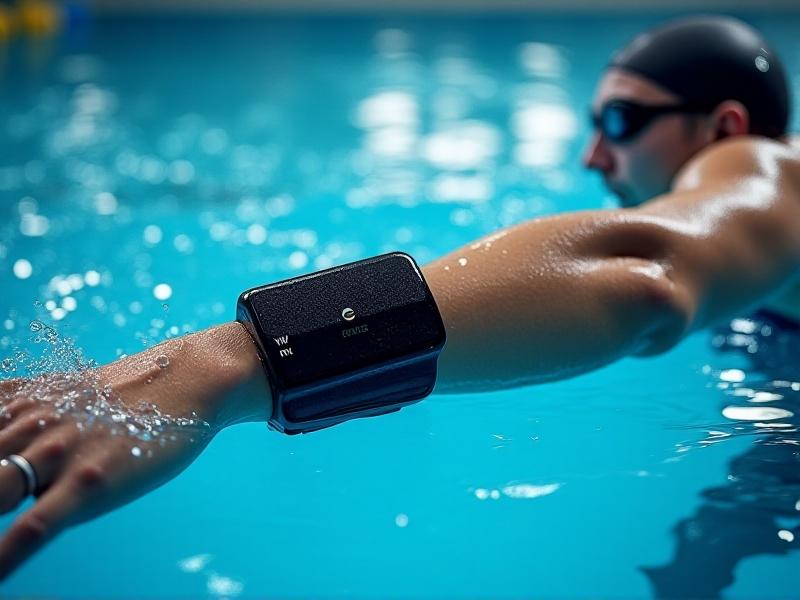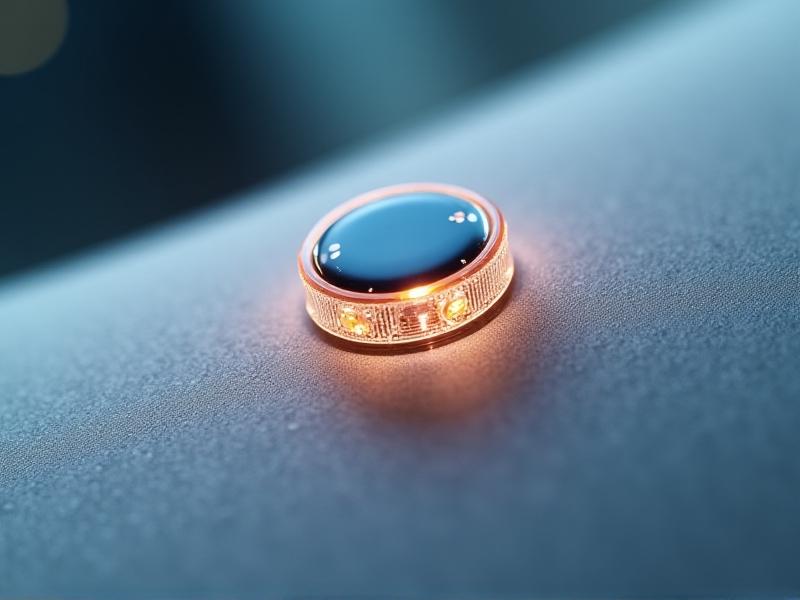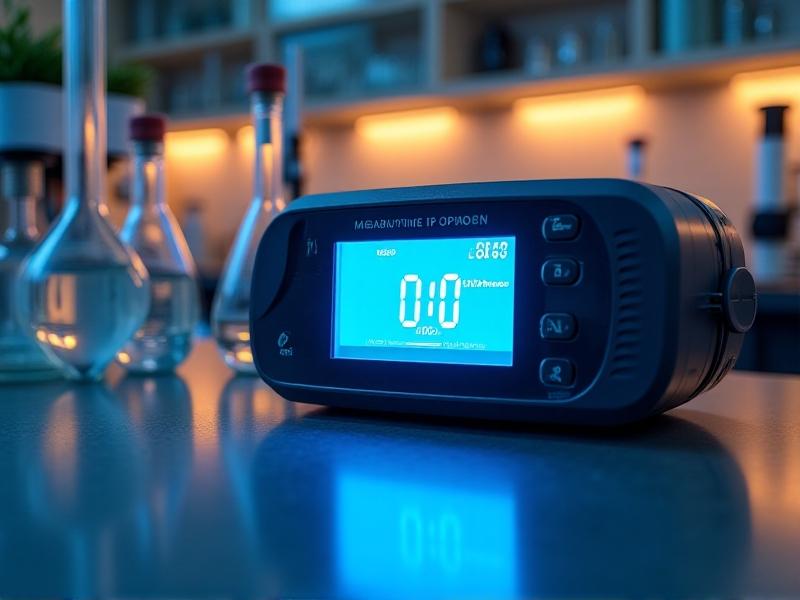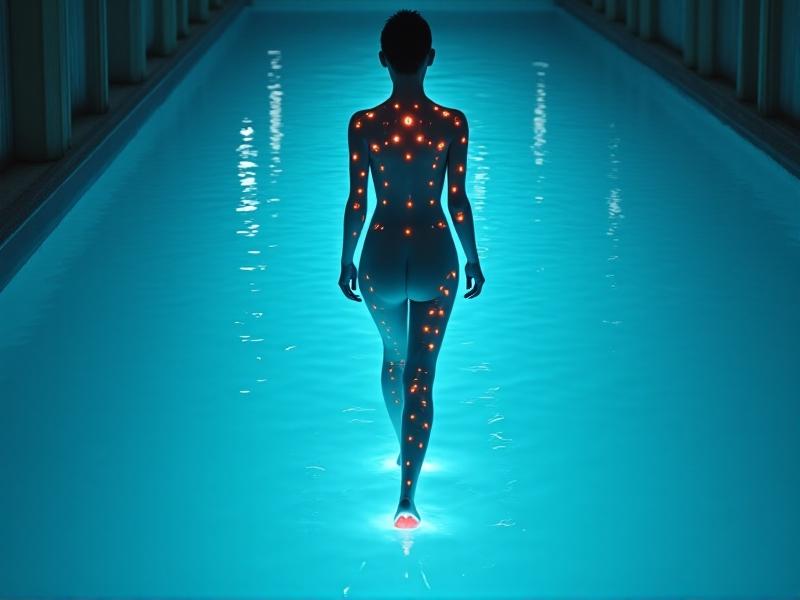Wearable Waterproof EMG Monitoring
Introduction to Wearable Waterproof EMG Monitoring
Wearable technology has revolutionized the way we monitor and understand our bodies. Among the most promising advancements is wearable waterproof EMG (electromyography) monitoring, a technology that allows for continuous muscle activity tracking even in wet or aquatic environments. This innovation is particularly valuable for athletes, physical therapists, and individuals recovering from injuries, as it provides real-time data on muscle performance without the constraints of traditional, non-waterproof devices.
EMG monitoring works by detecting the electrical signals produced by muscle fibers when they contract. Traditional EMG systems are often bulky, require wired connections, and are not suitable for use in water. However, recent developments in wearable technology have led to the creation of compact, wireless, and waterproof EMG devices that can be worn during swimming, showering, or even in heavy rain. This opens up new possibilities for monitoring muscle activity in a variety of settings and conditions.
The integration of waterproofing technology with EMG monitoring is a game-changer. It ensures that the device remains functional and accurate, regardless of the environment. This is particularly important for athletes who train in water, such as swimmers or triathletes, as it allows them to track their muscle performance during critical training sessions. Additionally, it provides valuable insights for physical therapists working with patients who require aquatic therapy as part of their rehabilitation process.

The Technology Behind Waterproof EMG Devices
At the core of wearable waterproof EMG devices is a combination of advanced sensor technology, waterproof materials, and sophisticated data processing algorithms. The sensors used in these devices are designed to be highly sensitive, capable of detecting even the slightest muscle contractions. These sensors are typically embedded in a flexible, skin-friendly material that ensures comfort and stability during wear.
Waterproofing is achieved through the use of specialized coatings and seals that protect the internal components from moisture. This is crucial for maintaining the device's functionality in wet environments. Additionally, the materials used in the construction of the device are chosen for their durability and resistance to corrosion, ensuring that the device can withstand prolonged exposure to water without degradation.
Data processing is another critical aspect of these devices. The electrical signals detected by the sensors are transmitted wirelessly to a connected device, such as a smartphone or computer, where they are analyzed and interpreted. Advanced algorithms are used to filter out noise and extract meaningful data, providing users with accurate and actionable insights into their muscle activity. This data can then be used to optimize training routines, monitor recovery progress, or identify potential issues that may require attention.

Applications in Sports and Fitness
Wearable waterproof EMG monitoring devices are particularly valuable in the world of sports and fitness. Athletes can use these devices to gain a deeper understanding of their muscle performance during training and competition. For example, swimmers can monitor their stroke efficiency, identifying which muscles are being overworked or underutilized. This information can be used to refine technique and improve overall performance.
In addition to swimming, these devices are also useful for other water-based sports, such as water polo, surfing, and rowing. They provide real-time feedback on muscle activity, allowing athletes to make immediate adjustments to their form and technique. This can lead to more effective training sessions and better results in competition.
Beyond water sports, wearable waterproof EMG devices are also beneficial for land-based athletes who train in wet conditions. Runners, cyclists, and triathletes, for example, can use these devices to monitor their muscle activity during outdoor training sessions in the rain. This ensures that they can continue to track their performance and make data-driven decisions, regardless of the weather.

Rehabilitation and Physical Therapy
Wearable waterproof EMG monitoring devices are also making a significant impact in the field of rehabilitation and physical therapy. Patients recovering from injuries or surgeries often require aquatic therapy as part of their rehabilitation process. Water provides a low-impact environment that reduces stress on the joints and muscles, making it an ideal setting for recovery.
With wearable waterproof EMG devices, physical therapists can monitor their patients' muscle activity during aquatic therapy sessions. This allows them to assess the effectiveness of the exercises and make adjustments as needed. For example, if a patient is not engaging the correct muscles during a particular exercise, the therapist can provide immediate feedback and guidance to ensure that the exercise is performed correctly.
In addition to aquatic therapy, these devices are also useful for land-based rehabilitation. Patients can wear the devices during exercises and activities, allowing their therapists to monitor their progress and make data-driven decisions about their treatment plans. This ensures that patients are receiving the most effective care and are on track to achieve their recovery goals.
Future Developments and Innovations
The field of wearable waterproof EMG monitoring is still in its early stages, and there is significant potential for future developments and innovations. One area of focus is the integration of additional sensors, such as heart rate monitors and accelerometers, to provide a more comprehensive picture of an individual's physical performance. This could lead to more advanced training and rehabilitation programs that take into account multiple factors, such as muscle activity, heart rate, and movement patterns.
Another area of innovation is the development of more compact and discreet devices. As technology advances, it is likely that wearable waterproof EMG devices will become even smaller and more comfortable to wear, making them more accessible to a wider range of users. This could include devices that are integrated into clothing or worn as patches, providing a seamless and unobtrusive monitoring experience.
Finally, there is potential for the integration of artificial intelligence (AI) and machine learning algorithms into these devices. AI could be used to analyze the data collected by the devices and provide personalized recommendations for training and rehabilitation. This could lead to more effective and efficient programs that are tailored to the individual needs of each user.







